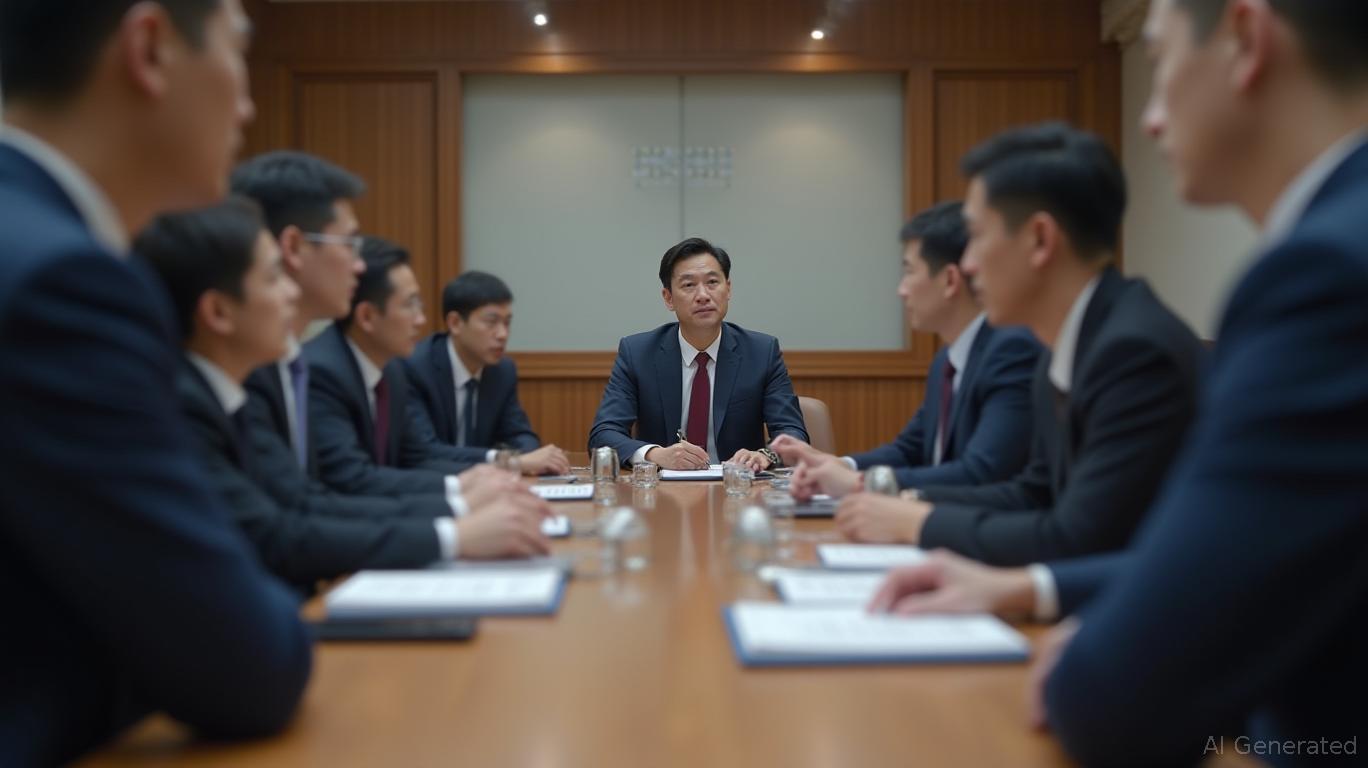Circle’s President Heath Tarbert is set to hold a high-profile meeting with South Korea’s four leading banks—KB Kookmin, Shinhan, Hana, and Woori—to explore the integration of stablecoin technology into the country’s financial infrastructure. This engagement, dubbed the Circle South Korea Meeting, marks a significant step in the evolution of digital finance in Asia and could influence global trends in stablecoin adoption [1]. The discussions are expected to focus on the practical use of USDC, a dollar-backed stablecoin, as well as the potential development of a won-based stablecoin [1].
The meeting is not a routine business engagement but a strategic move to align traditional financial institutions with the growing digital economy. South Korea, known for its tech-forward population and digital transformation initiatives, is being positioned as a testing ground for how stablecoins can streamline domestic and international transactions. Heath Tarbert’s personal involvement highlights the importance Circle places on expanding its footprint in the region [1].
One of the key attractions for the Korean banks is the efficiency that USDC offers. It can facilitate near-instant cross-border transfers at a lower cost compared to traditional systems. For domestic transactions, the stablecoin could streamline internal processes and reduce operational friction [1]. Analysts view this as part of a broader shift where traditional financial systems are beginning to recognize the value of digital assets in modernizing payment infrastructures [1].
Beyond USDC, the meetings are also exploring the possibility of a won-based stablecoin, which would mirror the value of South Korea’s national currency. Such a digital asset could offer a stable alternative to volatile cryptocurrencies, promote digital commerce, and enhance financial inclusion by reaching underserved populations [1]. This move would align with South Korea’s ambitions to lead in digital finance innovation and position it as a regional hub for fintech development.
The collaboration between Circle and South Korea’s banking sector also raises questions about the broader implications for regulatory frameworks and public acceptance of digital currencies. While the benefits of faster, cheaper transactions are clear, the successful integration of stablecoins will depend on how well these systems align with existing financial regulations and user expectations. The discussions may serve as a model for how other countries can approach stablecoin adoption [1].
As one of the largest and most influential financial institutions in South Korea, the participation of KB Kookmin, Shinhan, Hana, and Woori underscores the significance of this initiative. These banks are not only considering the operational benefits but also the long-term strategic value of incorporating stablecoin technology into their services. The engagement reflects a broader trend where traditional finance is increasingly looking to digital assets to drive efficiency and innovation [1].
The implications of this development could extend beyond South Korea, influencing how other nations approach the integration of stablecoins into their financial systems. By exploring the use of USDC and the potential launch of a won-based stablecoin, South Korea is positioning itself as a pioneer in the digital transformation of money, setting the stage for a more interconnected and efficient global financial network [1].
Source:
[1] Crucial Circle South Korea Meeting: Paving the Way for Stablecoin Innovation (https://coinmarketcap.com/community/articles/68a26e20bdfa855e1b1fd362/)

